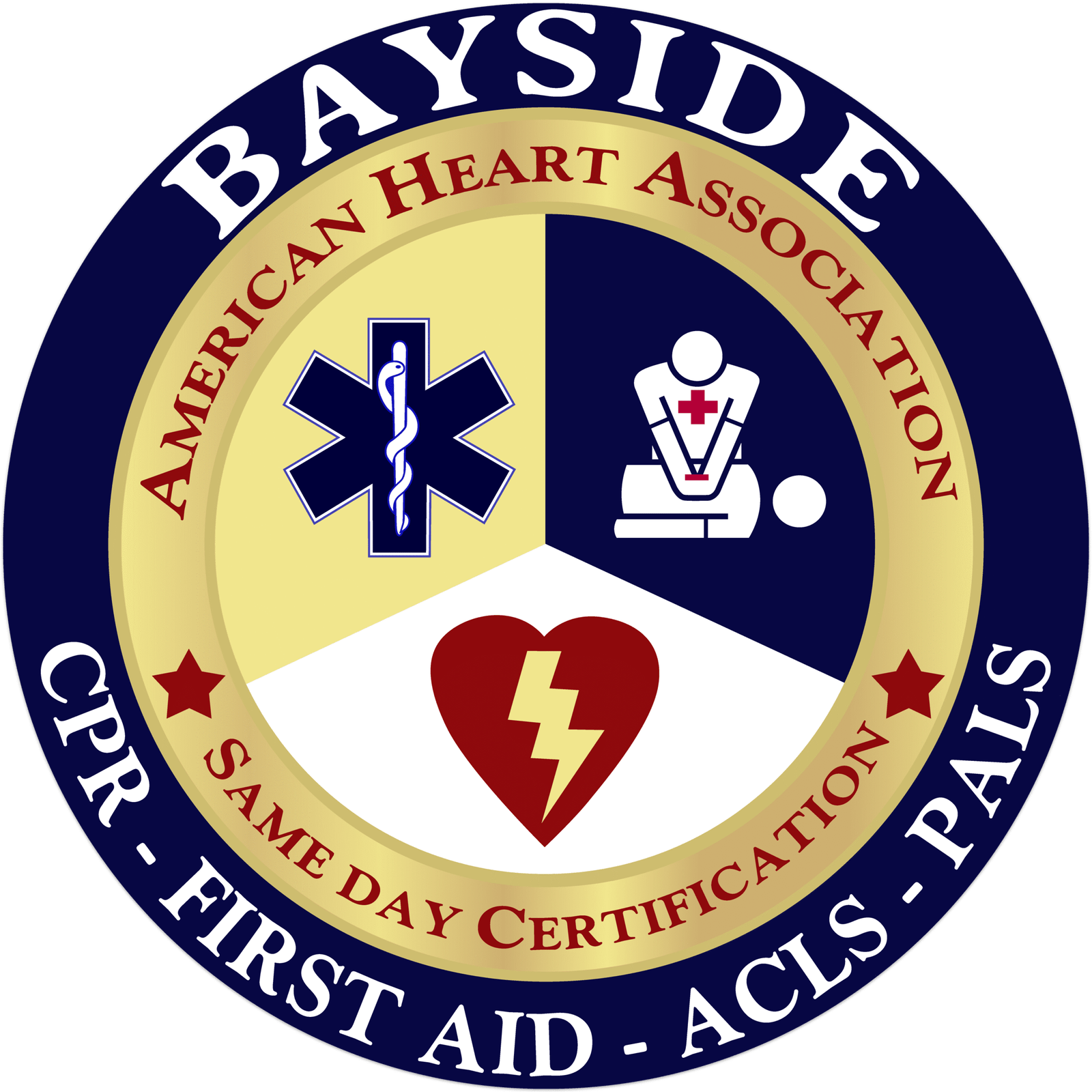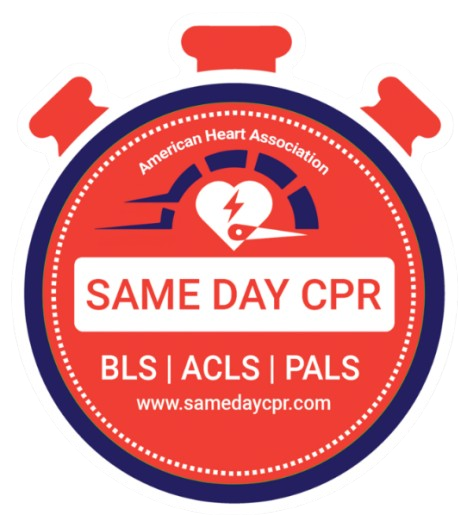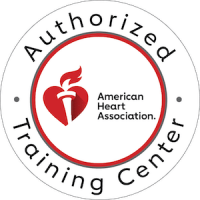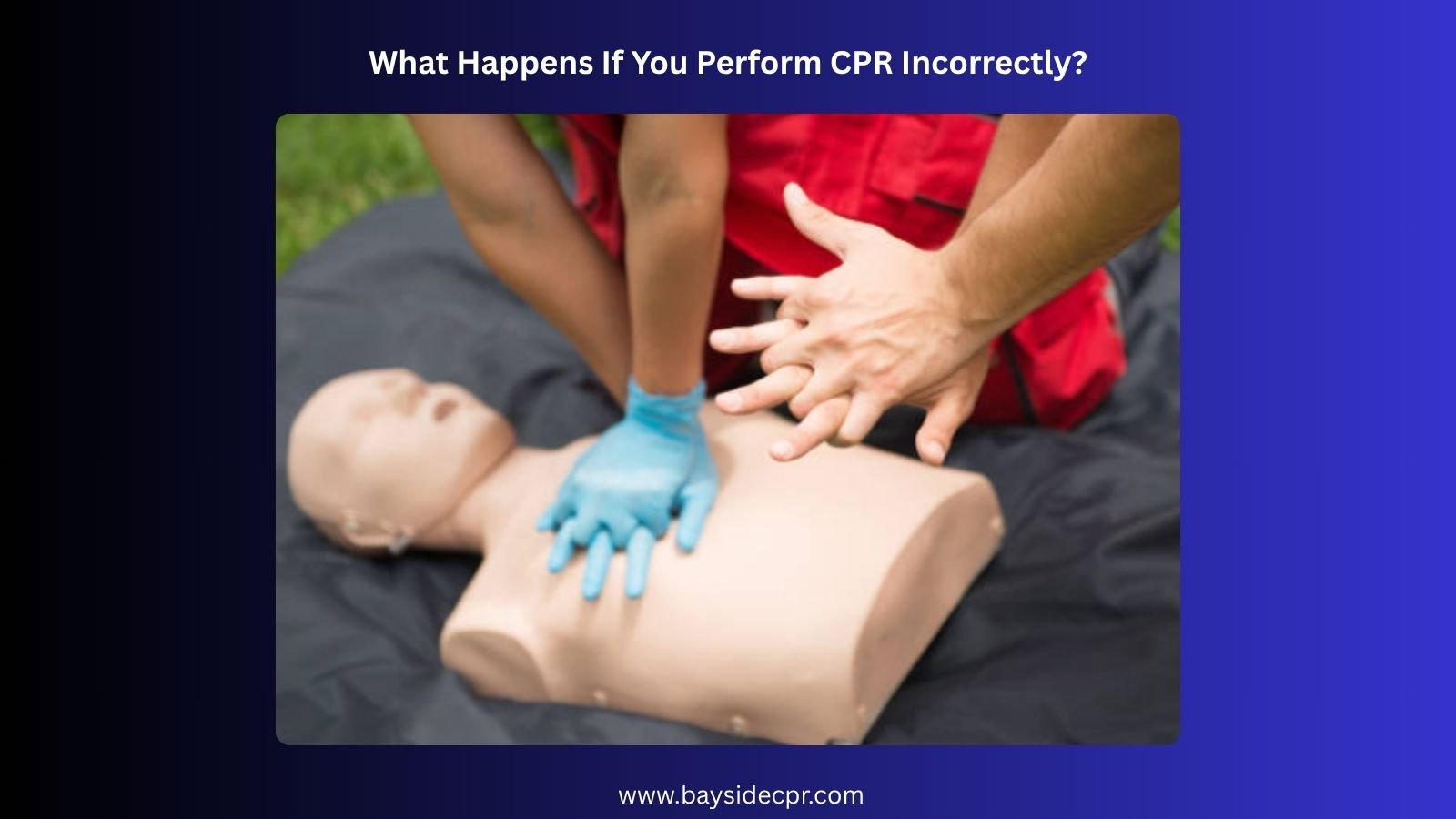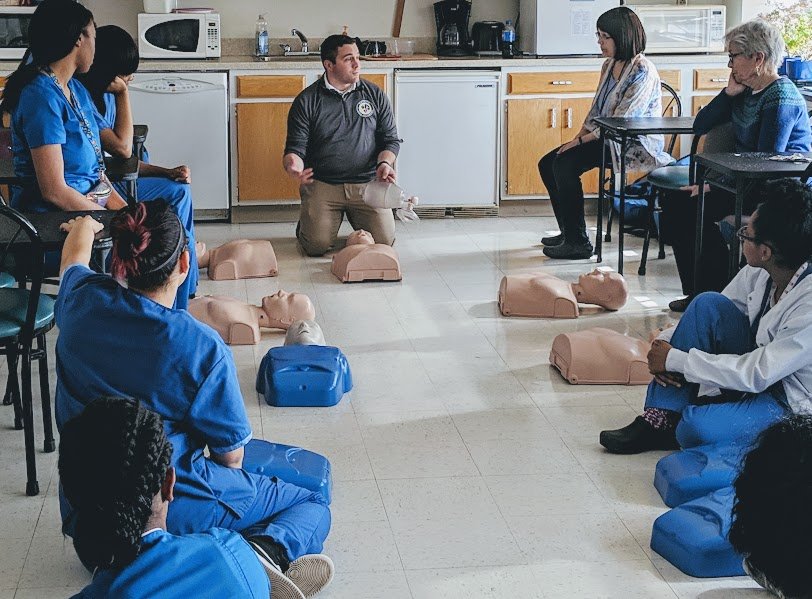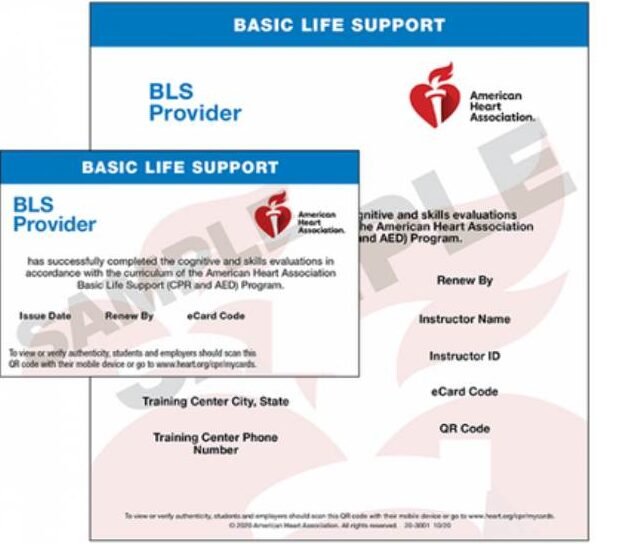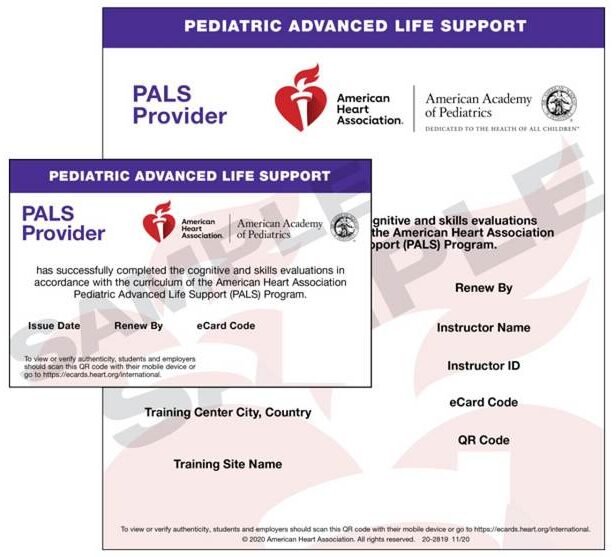It’s a scary thought, but doing CPR the wrong way can sometimes cause more harm than good. If you press too hard or in the wrong spot, you might break ribs, damage internal organs, or miss the heart completely, making your efforts ineffective. Incorrect timing or shallow compressions can also reduce blood flow to the brain and other vital organs, decreasing the person’s chances of survival. And if rescue breaths aren’t done properly, they can push air into the stomach instead of the lungs, which may lead to vomiting and choking.
But here’s the good news: Imperfect CPR is still better than doing nothing at all. The goal is to keep blood moving until professional help arrives. So even if your technique isn’t textbook-perfect, you’re giving that person a fighting chance. That said, learning proper CPR through a certified class can give you the confidence to act fast and do it right when it matters.
1. What are the potential risks associated with performing CPR incorrectly?
Doing CPR can save a life, but if it’s not done correctly, it can lead to some serious complications. Let’s break down the potential risks so you know what to watch out for.
1a. Risks to the Person Receiving CPR
Here’s what can happen to the person receiving CPR if it’s done the wrong way.
i. Rib Fractures or Broken Ribs
One common risk while performing CPR is breaking ribs. When chest compressions are too forceful or not placed correctly, the pressure can cause ribs to crack or even break. While it sounds painful, rib fractures are often a sign that compressions are deep enough to help circulate blood, but it’s important to be careful to avoid unnecessary injury.
ii. Sternal Fracture (Broken Breastbone)
A sternal fracture happens when the breastbone cracks or breaks during CPR. This can occur if compressions are too hard or focused in the wrong spot. Although it’s painful, a broken breastbone is a serious injury that shows the force used was strong enough to keep blood flowing, but it also means extra care is needed afterward.
iii. Internal Organ Injury
Performing CPR too forcefully or incorrectly can sometimes cause damage to internal organs like the lungs, liver, or heart. This kind of injury happens when pressure from compressions pushes beyond the chest wall, potentially leading to bruising or even more serious problems.
iv. Pneumothorax (Collapsed Lung)
A pneumothorax, or collapsed lung, can happen if CPR compressions cause air to leak into the space around the lungs. This usually results from a broken rib puncturing the lung during compressions. It’s a serious condition that makes breathing difficult and needs immediate medical attention.
v. Hemothorax
Hemothorax happens when blood collects in the space between the lungs and chest wall, usually because of injury to the ribs or chest during CPR. This buildup can make it hard to breathe and cause serious complications if not treated quickly. It’s one of the risks when compressions are too forceful or misplaced.
vi. Gastric Inflation
Gastric inflation occurs when air accidentally enters the stomach instead of the lungs during rescue breaths. This can cause the stomach to swell, leading to discomfort, vomiting, and even choking, which makes the situation more dangerous. It often happens when breaths are given too quickly or with too much force.
vii. Aspiration
Aspiration happens when vomit or stomach contents get sucked into the lungs during CPR. This can cause serious lung infections or block the airways, making it harder for the person to breathe and recover. It’s a risk, especially if rescue breaths aren’t done carefully or if gastric inflation has occurred.
viii. Ineffective Circulation
Ineffective circulation happens when chest compressions aren’t deep or fast enough to keep blood flowing properly through the body. Without enough blood reaching the brain and vital organs, the chances of survival drop quickly.
1b. Risks to the Rescuer
Performing CPR can be hard, not just for the person who needs it but also for you, the one helping.
i. Injury (e.g., back strain)
When you perform CPR, it can sometimes put a lot of strain on your body, especially your back and arms. If you’re not careful with your posture or use too much force, you might end up with muscle aches or even a strain. Taking a moment to position yourself properly can help reduce the risk and keep you from getting hurt while trying to help someone else.
ii. Emotional or Psychological Distress
Trying to save someone’s life with CPR can be stressful and overwhelming. It’s normal to feel anxious, shaken, or even guilty afterward, especially if things don’t go as planned. These feelings can stick around, so it’s important to talk about your experience and get support if you need it.
iii. Disease Transmission (very rare)
While it’s very rare, there’s a small chance of catching or spreading infections when doing CPR, especially during mouth-to-mouth breaths. Using a barrier device like a mask can help lower this risk and keep both you and the person safe.
2. CPR: How to Avoid Common Mistakes
CPR can be tricky, especially if you’re new to it, but avoiding common errors can make a big difference. Let’s look at some simple tips to help you perform CPR more confidently and effectively.
2a. Don’t Forget to Call for Help
The first thing you should do in an emergency is call 911 for help; don’t skip this step. Getting professional medical teams on the way quickly can make all the difference before you start CPR.
2b. Ensure Proper Hand Placement
Placing your hands in the right spot is key to making CPR effective. Put the heel of one hand in the center of the chest, then stack your other hand on top and lock your fingers. This helps deliver strong, focused compressions that keep blood flowing where it’s needed most.
2c. Avoid Going Too Fast or Too Slow
Keeping the right pace during CPR is important. Aim for about 100 to 120 compressions per minute; too fast can tire you out and reduce effectiveness, while too slow won’t pump enough blood. Finding that steady rhythm helps give the best chance for a positive outcome.
2d. Push Deep Enough—But Not Too Deep
You want to press down hard enough to reach the heart—about 2 inches deep for adults—but not so much that you cause extra injury. For children, go about 2 inches as well, using one or two hands depending on their size. For infants, use just two fingers and compress the chest about 1.5 inches. Getting the depth right helps keep blood moving while keeping the person as safe as possible. Understand the different CPR techniques performed on infants, children, and adults.
2e. Refresh Your CPR Training Regularly
CPR skills can fade over time, even if you’ve learned them before. That’s why regular CPR training is so important—it keeps your techniques up to date and helps you stay calm and ready in an emergency. Staying current gives you the confidence to step in and make a real difference when every second matters.
3. Legal Protection For Performing CPR
Many people worry about getting into legal trouble if they try to help during an emergency, but Good Samaritan laws are there to protect you. These laws exist in most places and are designed to shield well-meaning bystanders who step in to perform CPR or offer aid. As long as you act in good faith and do your best, you’re unlikely to face legal consequences. The key is to stay calm, follow what you’ve learned, and remember that trying to help is almost always better than doing nothing. Want more details? Know more about: Can you get sued for performing CPR without certification? to better understand your rights and protections.
Why Knowing CPR And Doing It Right Matters
In summary, jumping into doing CPR during an emergency can be terrifying, especially when you’re afraid of doing it wrong. But here’s the hook: not acting at all is usually the worst option. While there are real risks involved with incorrect CPR, from broken ribs to ineffective circulation, the greater risk is letting fear stop you from trying. The truth is, even imperfect CPR gives someone a better shot at survival than no CPR at all.
That said, confidence and skill go hand in hand. Taking the time to learn proper technique, understanding the risks, and practicing regularly can make a life-saving difference when seconds count. You don’t have to be perfect; you just have to be prepared. By knowing what to avoid and how to do it right, you’re not only protecting the person in need but also yourself. So don’t wait for a crisis to realize how powerful CPR training can be. Learn it, refresh it, and be ready to step up when it matters.
